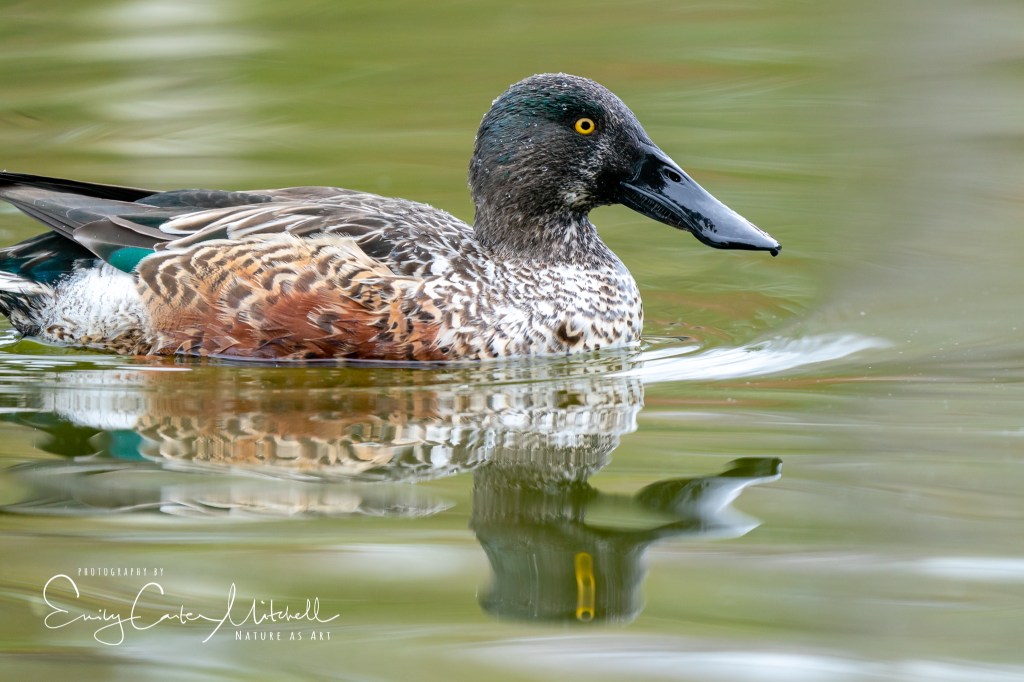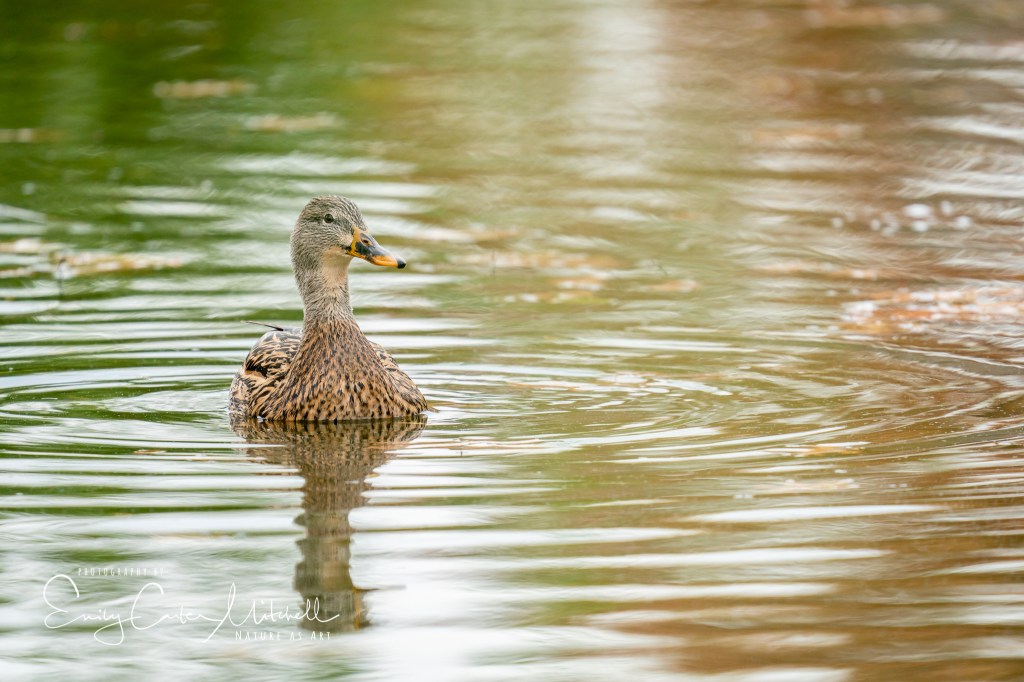
Well, I’ve succumbed to the temptation and broke the piggy bank and have just acquired the mirrorless Sony A9 and the newly introduced 200-600mm lens.
The kit arrived yesterday and I spent several hours last night watching Youtube tutorials and today was our first outing.
To say that understanding all the menus and autofocus options will require a steep learning curve is an understatement, but I already like it so much more than the Olympus OMD EM1 Mark II and the 300mm Pro f/4 lens.
One of my main issues about the the micro four-thirds system of the Olympus kit was the lesser image quality, low ISO noise threshold (evident at ISO 800) and inability to crop without the image degrading. The lens also was lovely but had difficulty with focusing at times and I learned to use the one-spot focus point for better success.

The Sony A9 totes a full-frame sensor at 24 MP images with 693 autofocus points. The main reason why wildlife photographers are dropping their Canon and Nikons like hot potatoes and jumping to the Sony A9 is the acclaimed focus tracking, 20 frames per second and a buffer up to 200+ images.
I am nowhere near an expert on this camera as I’ve just gotten it in my hands but I’m going to go into a mini-boot camp to try to get up to speed with this new camera gear. One thing I know for sure, it won’t make me leave my Canon 5D Mark IV for landscape photography as I LOVE the touch screen capability of the Canon 5D Mark IV which I use in Bulb mode for long exposures and also have time-lapse video available in the camera body. I’m also in love with the in-camera multiple exposure option.
Only time will tell though if this kit makes me so happy that I’ll actually start thinking about selling my Canon 500mm lens. My baby that’s been to exotic destinations with me and so many other adventures.
A couple of not so in love with features include – no touch screen capability; then the LCD remains on unless you turn off the option in the Menu. Yes I set up a button to turn it on and off when I want to review my images but it’s a bit buggy and I shouldn’t have to put the LCD on in order to quickly review images after capturing them. Having the LCD on is a big battery drain and I already know that the battery has a shorter life.

The whole Autofocus tracking thing is mind boggling and my little soft-skill brain will need some time in understanding it. The first thing I had to get used to was seeing the focus area jump around the LCD screen constantly. I did set up back-button focus but haven’t turned it off from the shutter button yet. As I have arthritic thumbs, I’m not sure having to press and hold a back top button will be a good thing for me.
Another photographer friend mentioned the slow awakening when the camera goes to sleep but I’m accustomed to that from the Olympus. You need to wake it up before you think you know it. He also mentioned that it is a little slower to initially acquire focus than our Canon gear and I agree with that. But once it grabs AF, it tracks the subject better. I dealt with a bit of user error today so practice is needed.




The image quality is quite nice and I’m able to crop and be happy with it. So that’s a world of improvement from the Olympus kit. (Sorry Olympus…)

I’m looking forward to getting much more proficient with the Sony A9 and 200-600mm lens. So be ready for lots of images that you can study and see for yourself what it can do.


Landscapes? Sounds like you need the A7R4 too.
Naw… I’ll keep my
Canon kit
Beautiful photos and great information. I’m fully invested In Olympus and can’t justify switching everything out, but maybe someday.
I say..if you’re happy than stick with it Susan. Nothing wrong with that. I still miss the kit but it’s all ok. It is so versatile.
I’m invested in Olympus also. I love how it fits my hand.
If you ever want to compare notes, feel free to contact me.
ms@marksalo.com
Thank you, Marrk. Do contact me if you’d like to compare notes, too.
Interesting to see lots of photographers moving Sony Gear for various reasons..
It is true ! But I think the sharpness and active tracking is the most attractive. You’re Nikon right Krishna?
Yes. I am on Nikon system
Brave step! Look forward to seeing your efforts and learning.
Thanks Karen, you can grow with me. 😉
Thanks for this info! I moved away from my Canon 7D SLR, and have a sony alpha6000, which I am just learning how to master. I am still thinking of adding a tele to it, since I miss that option! Any advice?
It depends on the lens you have. Generally speaking, any extender put on a zoom lens isn’t a good thing. You lose light, and usually are stuck with f/8 and also autofocus slows down. The 200-600mm is wonderful but hefty.
Thanks for the tip! Maybe I should get a Mega-zoom just for birding etc. ?!?
Thanks for sharing this. It’s always exciting to sample the new technology, mirrorless, in this case. I’m also experimenting with the Panasonic Lumix G system. Weight was a motivator for me, but the jury is still out. The Canon 7D and 100-400mm is a great system.
The 7D and 7D Mark II never cut the mustard for me Stephen. They just weren’t sharp enough and showed noise over ISO 800. Once I went full frame I never went back. Panasonic is an interesting kit – are they keeping up with the lens line up?
The Sony A9 is the best of the best. You’ve posted great images!
Reblogged this on Wolf's Birding and Bonsai Blog.